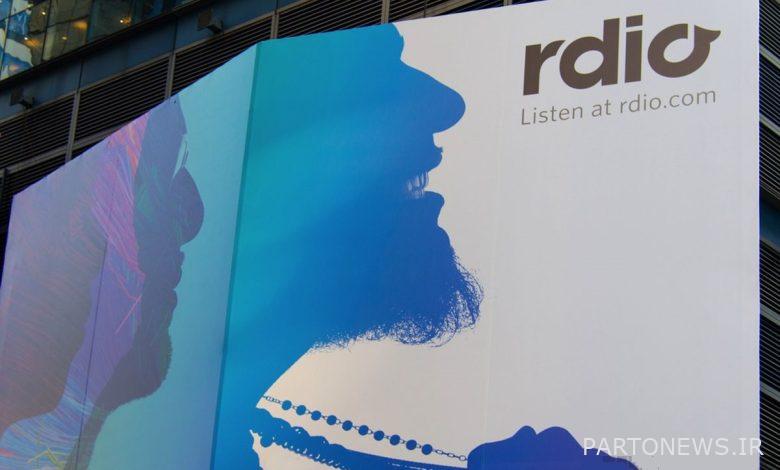Ardio on the dilemma of profit or audience

In the startup environment, it is a habit to talk about successes to keep our hopes alive for the future, but it is a big mistake to forget the failures of the past and not benefit from the experiences of the past. For this purpose, the Ecomotive team has collected the experiences of a series of failed startups, so that reviewing their failed stories may be a basis for the success of new startups in Iran’s startup community. This collection will be published and made available to the audience in the form of the story of failure. We review the 19th part of this series, which deals with the story of Rdio’s startup failure.
Ardio is a digital music service that allows music lovers to easily search through more than 12 million songs and listen to any song, album or playlist without being bothered by a single ad. that they liked to broadcast. This product allowed users to have an anthology of their favorite music and access it online or offline, and specified what song their friends or people with similar tastes were listening to at the same time or sharing it on Twitter and Facebook. The audio content included products from major music companies around the world.
Ardio at the beginning of its work, with services like Deezer, Emoji, Napstar, Rhapsody And Spotify There was competition.
In November 2011, Ardio partnered with Oi, the largest long-distance telecommunications company in Brazil, and entered the country’s market under the name Oi Rdio.
In September 2013, the company added recommendations to its service, which provided users with personalized albums, stations, and playlists. That same year, Entertainment Weekly ranked Ardio first in a comparison of a number of music services for its database searchability and easy-to-filter list of search results.
In January 2014, the company introduced free streaming options supported by audio advertising.
Between 2013 and 2015, Ardio signed contracts with companies such as Cumulus Media (the second owner and operator of FM and AM radio stations), Tesla Motors, Google Chrome Cast and signed several other companies. In addition, Ardio also bought some music services, such as the Hindi service Dingina and service Tastemaker X to accelerate its global expansion.
Part of these efforts were made to compete with Spotify. When Spotify entered the US market after a few months, people called it iTunes They taught for free. The service received its fees from its advertising source, while Ardio relied on the fee of users signing up for its service. Ultimately, executives decided to secure Ardio’s future by tying it to an Internet-centric platform, which meant upending a service five years in the making. In November 2013, the company laid off a third of its employees. After that, Cumulus Media canceled its investment of 19 million dollars in this company. Finally, in November 2015, Ardio declared bankruptcy.
The economics of music streaming are tough and brutal. In order to survive in this market, it is necessary to quickly achieve a large volume and a wide scale. Which Spotify did anyway. But Ardio was worried about making a profit prematurely. With this hope, he was trying to increase the number of subscribers, while his competitor was growing rapidly to reach a mass audience by attracting every human being on the planet.
Study proposal
How do you rate this article?


